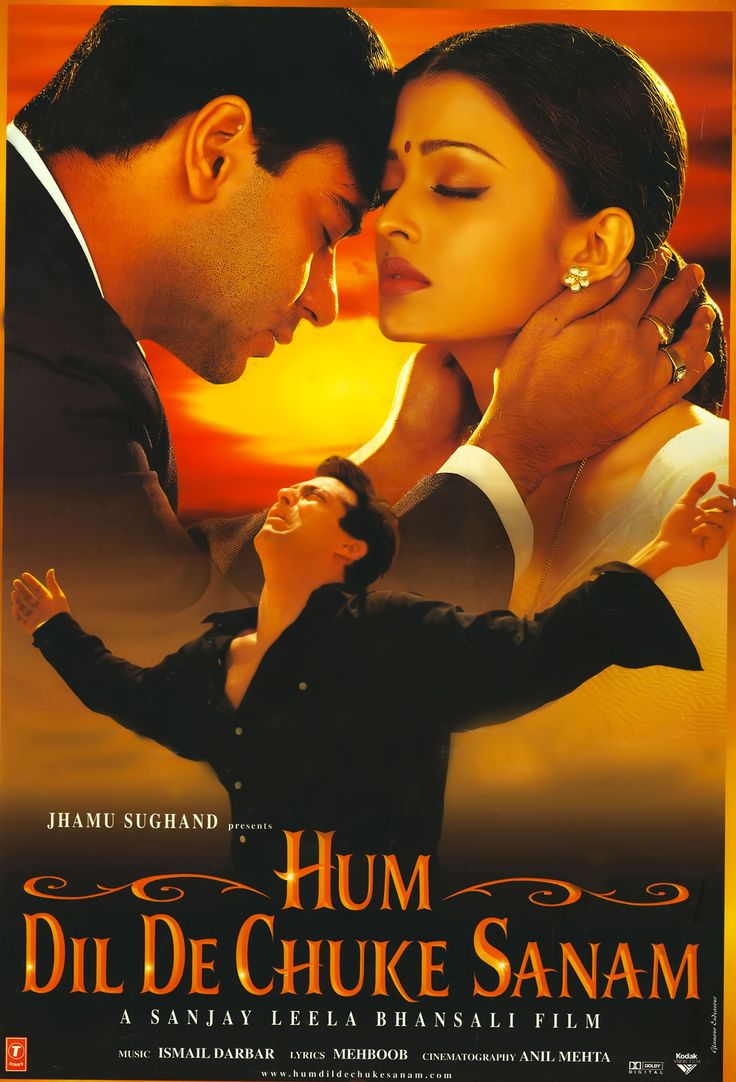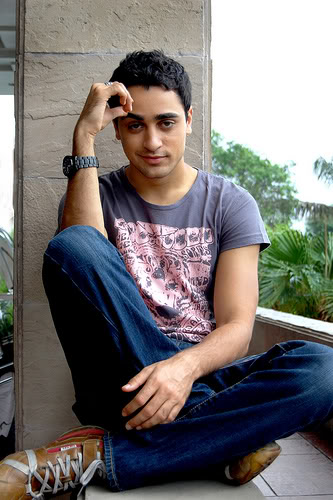Hum Dil De Chuke Sanam has to its name as being one of the highest grossing movies of Indian Cinema. Celebrating its silver jubilee in 2024, this movie by Sanjay Leela Bhansali still carries with itself similar entertainment that it did when it was released back in 1999. The movie was a blockbuster and ran in theatres for a long period of time and what truly stood the test of time are its songs, the tunes of which are rather fresh in our minds but more on that later.
Sanjay Leela Bhansali, as a director, overarchingly deals with similar tropes in his movies. Exhibits of which are the love for the ex-beau, expansive and elaborate sets, joint families, exaggerated festivities, tasteful music, extravagant dressing and attention to detail. Falling in the same paradigm is Hum Dil De Chuke Sanam where the joint family resides in a Haveli and celebrates every big and small moments whatsoever. And is somehow generous and receptive enough to let a total stranger live in their home. Not only that, they offer them the best room of the Haveli which is their daughter’s room.
The film has managed to star a lot of actors but the lead presence is graced by Aishwarya Rai (Nandani), Salman Khan (Sameer), Ajay Devgn (Vanraj) and Vikram Gokhale (Pundit Darbar) while the supporting actors are Zohra Sehgal (Dadi), Smita Jaykar (Amrita), Vinay Pathak (Tarun) and Sheeba Chaddha (Anupama). It is now available on different OTT platforms with an IMDb rating of 7.4/10 which makes it a decent one time watch.
The story is about Nandani falling in love with Sameer, who has come to learn music from her renowned father. However, all hell breaks loose on Nandani and Sameer as their relationship becomes explicit to the family members. Like most Bollywood movies and Indian society, what follows is something that is ultimately predictable. She is married off to Vanraj, someone who was already enamoured by her from the moment he first laid eyes on her. This saga unfolds in over three hours and the viewers are left with a sense of contentment once the movie comes to an end.
Given that the movie was released in 1999 and the dominant “woke culture” wasn’t prevalent then, it wouldn’t be fair to criticise it on that basis as it is neither fair to the time it was released in nor is its extremely feministic viewing now. The movie is set in simpler times and unfolds a simple story. However, for the viewers that have recently watched the movie, my sympathies to them as they will find it incredibly hard to overlook the overt patriarchy that is rooted in the movie such as the spatial division of where men and women can enter, women having no say in the decisions that are not limited to family matters but also includes who they can marry, the physical assault and the emotional trauma that the movie’s lead Nandini is exposed to.
But, if we look beyond this, the theme of the movie is conveyed with great subtlety and shows the viewers the bridge that lies between puppy love and mature love. The relationship of Sameer and Nandini is of a young love that is reckless which only knows the fire of passion and in that, they are burned. The relationship is playful, filled with banter and promises of growing old together but it is not long before they are hit with reality and find themselves separated, only to long for each other until eventually Sameer leaves for Italy.
Glancing at the other end of the spectrum lies Nandini’s relationship with her husband Vanraj who is proper and sincere in his approach towards her. He is straightforward, who looks for no gimmicks in marriages and hates lies. He is willing to swallow the bitterness of the truth but won’t lie in the comfort of a false presumption which is why when he sees a significant behavioural shift of Nandini from the upbeat girl who was dancing to Nimbooda Nimboda to a brooding, dejected woman, he confronts her multiple times to come clean to him.
Vanraj stood as the epitome of selflessness in front of the viewers who was willing to put himself in the way of society’s ridicule, if it meant that the happiness of the woman he loved was at stake. So, when sees Nandini reading the letters from Sameer, despite the obvious slashing his heart just underwent, he takes on a mission to help Nandini find Sameer in Italy.
Having been on this journey with Vanraj, Nandini’s dilemma is evident. She is torn between the poignant separation from her Italian beau where she was denied any closure which could be seen as one of the reasons why she struggled to let go in the first place. But on the other end, there stands her husband who loves her with all he got. Vanraj makes her realise that in life oftentimes you are faced with circumstances where playful banter and tantrums don’t work. Vanraj doesn’t break and his love remains the same despite the complete awareness that he may not get anything in return. And it requires a certain level of maturity to love someone like that!
Sameer’s love for Nandini was borderline obsessive whereas Vanraj’s love was appreciative and this is exactly where Hum Dil De Chuke Sanam is successful in nailing the bridge that exists between the mature and immature love and beautifully sums up how love and desire usually transform with age.
When it comes to the visual appeal of the movie, it is very difficult to say that it was released twenty five years ago. The set designs and the wardrobe are so perfectly futuristic that it leaves you in complete awe of the movie. When you pair this with the acting of the cast, you are left with further astonishment as to how superbly the movie pieces together.
What goes without mention is the music of the movie which has given us nearly a banger for all the major situations (or character development) that we may go through in our lives. For our lovey-dovey phase, we can jam to Chand Chhupa Badal Mein or Aankhon Ki Gustakhiyan or Hum Dil De Chuke Sanam; for heartbreaks we have Tadap Tadap; for grooving to full on dancing, we have Nimbooda, Dholi Taro Dhol Baaje and Kaipoche. The tracks in this movie have stood the test of time and have graduated to the status of evergreen hits.
And if you thought that the details about the movie stop here then I hate to break it to that I have dug to uncover some trivia regarding the movie to further pique your interest. Here it goes:
- Matreyi Devi’s semi-autobiographical Bengali novel Na Hanyate is said to be the source of this film’s adaptation.
- Before the role of Vanraj went to Ajay Devgn, other actors by the likes of Aamir Khan, Shah Rukh Khan, Sanjay Dutt, Anil Kapoor and Akshay Kumar were considered.
- The film is said to have sparked an off-screen romance between Salman Khan and Aishwarya Rai where the duo reportedly dated till 2001.
- The shooting of the film took place near Kutch along the Gujarat-Rajasthan border.
- The Director shot the second half of the movie meant to represent Italy in Budapest, Hungary.
- The habit of Sameer to look up at the sky and converse with his father came from Bhansali’s own childhood.
- It was the first on-screen appearance for Salman Khan and his step-mother Helen as mother and son.
- Owing to a chandelier accident, Aishwarya had to dance to Nimbooda with swollen feet.
- Initially, the title of the movie was set to be Dil To Humne Diya Sanam.
We hope you enjoyed the interesting trivia about the movie and our appreciation for its completion of twenty five years of release. Let us know what you thought about the movie!


